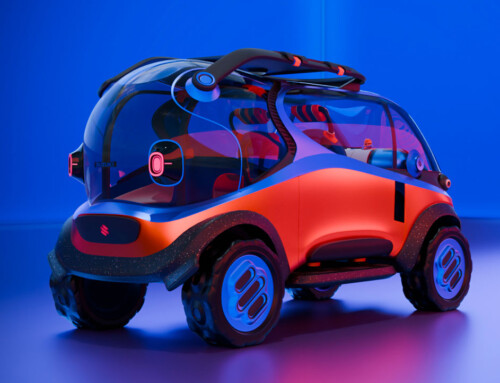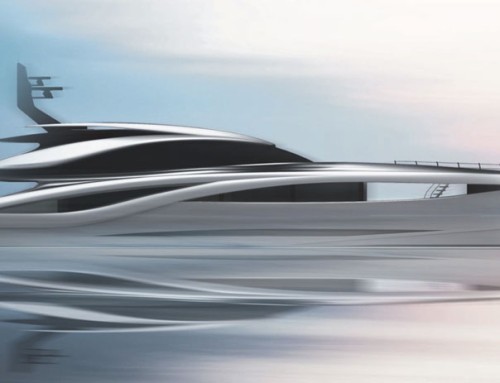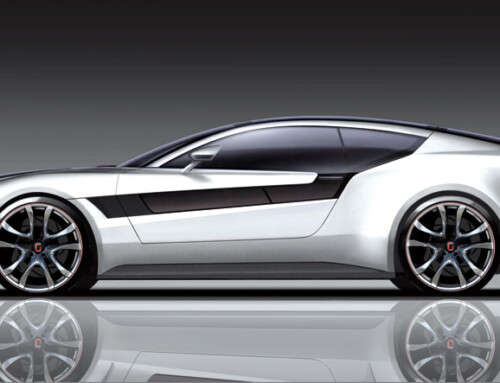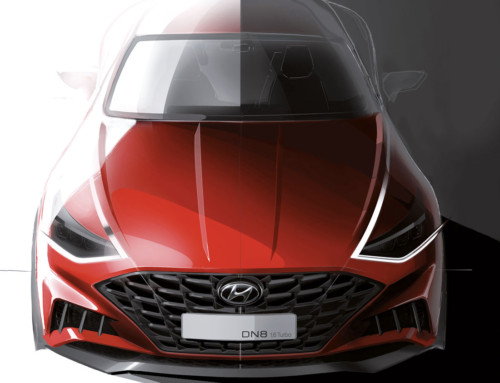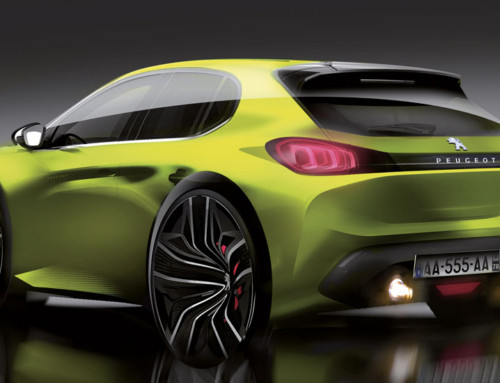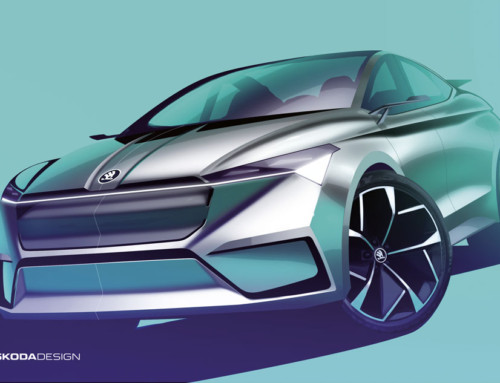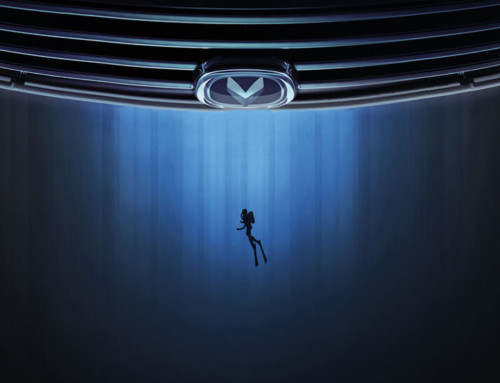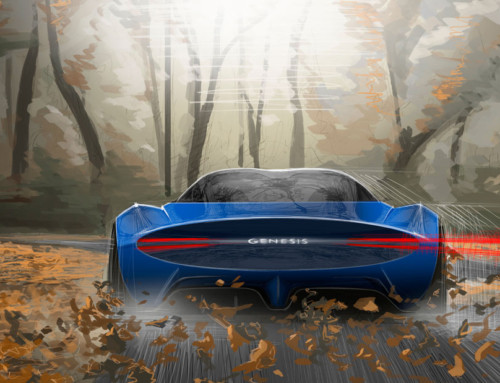New Edge, Knife Edge, tear-drop, streamlined, Modernist, forward cabin… all terms applied to car design over the past fifty years. A period in which nationality, be it Italian, British, French, American or German, has become increasingly unimportant.
As for a putative “Japanese School”, despite having produced a few truly spectacular cars (sadly, all too few), its main achievement has been to homogenise, distil the essence out of designs created elsewhere. The effect has been to standardise design and that is a real pity.
In the Fifties, Italian designers were so far ahead of their colleagues in other countries that they were able to “internationalise” design. Today all influence is universal and reciprocal and no distinctive identity exists. Meanwhile in the Third World, they are still building cars based on the long-abandoned designs of the industrialised world.
There are, however, grounds for hope that the new manufacturing nations are developing design schools of their own. And surely an Indonesia car that reflects the local culture is preferable to a bland recapitulation of European ideas filtered through the experience of Japan.
Renault is leading the charge in this direction. The Vel Satis is extraordinarily French. There’s not even an atom of German sensibility in its make-up. Which suggests that any local culture which exists can still express itself as it used to long ago, but now through the car.
Having said that there could be no more Italian designer than Tom Tjaarda a man born in the United States of a Dutch father, but a resident of Turin since the late Fifties. What better proof that no matter where you come from, your task is to design in harmony with the country you live in.
The article continues in Auto & Design no. 128

